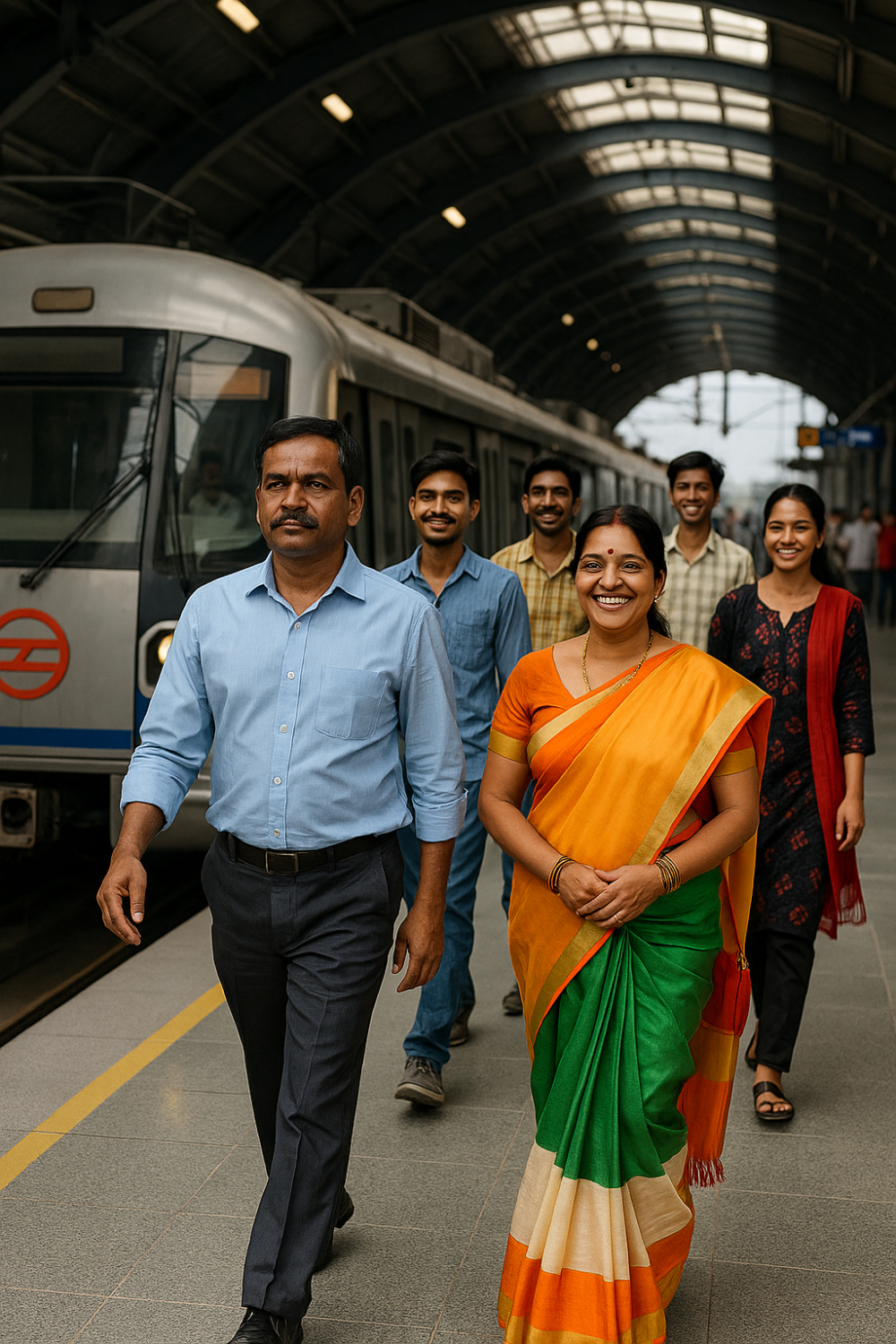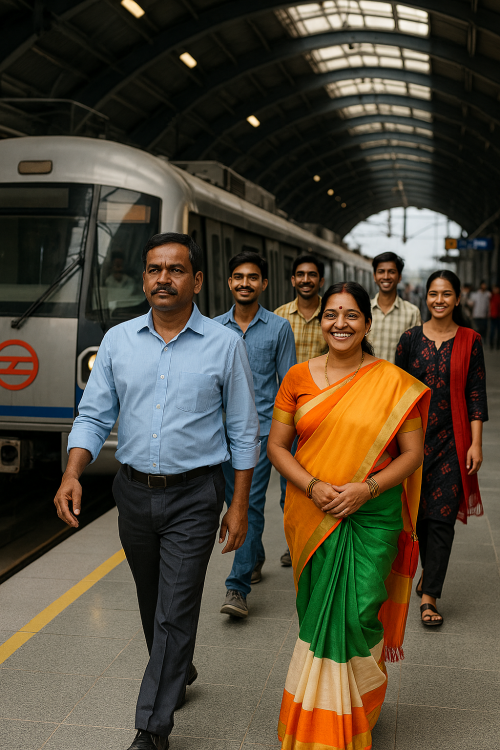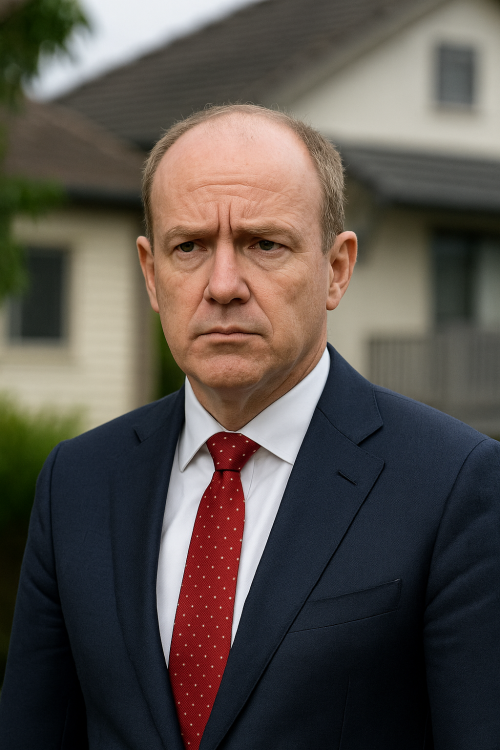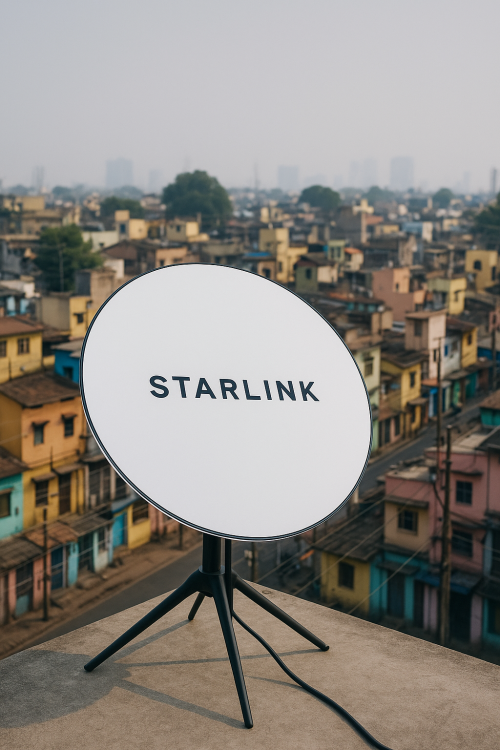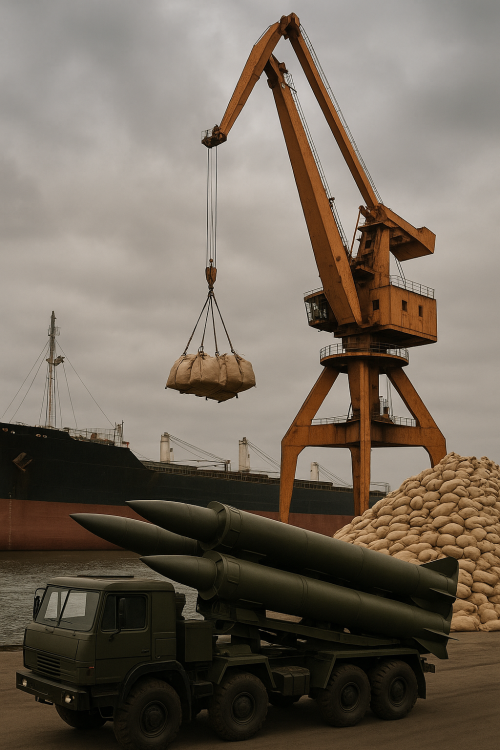New Delhi | June 6, 2025 —
India has recorded a historic decline in extreme poverty levels over the past decade, according to the World Bank’s Spring 2025 Poverty and Shared Prosperity Report. The report acknowledges India's decisive and inclusive efforts to combat poverty, revealing that the percentage of people living in extreme poverty has dropped from 27.1% in 2011-12 to just 5.3% in 2022-23.
This assessment comes alongside the World Bank's recent revision of the international poverty line from $2.15 to $3 per day, a move that sets a more realistic benchmark for measuring global poverty. Even with this higher threshold, India’s progress remains substantial, reducing the absolute number of people living in extreme poverty from 344.47 million to 75.24 million.
What Is the World Bank Poverty Report?
The World Bank publishes its Poverty and Inequality Platform (PIP) summaries biannually, providing insights into trends across over 100 developing countries. The data, often aligned with IMF and World Bank spring and annual meetings, helps ensure poverty reduction remains a global development priority. Each summary offers a two-page snapshot covering recent poverty trends and key development indicators.
Key Findings from the Report:
-
Rural poverty dropped from 18.4% to 2.8% between 2011-12 and 2022-23.
-
Urban poverty fell from 10.7% to just 1.1% during the same period.
-
The gap between rural and urban poverty shrunk dramatically, from 7.7 percentage points to 1.7 percentage points.
-
The average annual reduction rate in extreme poverty was an impressive 16%.
Employment and Economic Growth as Catalysts
The report credits India’s rapid poverty reduction to broad-based income growth, particularly among low-income groups. According to the World Bank, economic development at the lower-middle income level (measured at $3.65 per day) has been key. The employment landscape also improved post-2021-22, with positive trends in both rural and urban job markets bolstering household income.
States Leading the Change
The five most populous Indian states — Uttar Pradesh, Maharashtra, Bihar, West Bengal, and Madhya Pradesh — accounted for 65% of India’s extreme poor in 2011-12. By 2022-23, these states had collectively contributed two-thirds of the national reduction in extreme poverty. This signals not only success in economic policy but also improved inclusivity and state-level development.
A Global Example
India’s progress stands as a powerful example for other developing nations aiming to tackle entrenched poverty. The combination of rural upliftment, urban opportunity expansion, and strong employment recovery underscores the country’s commitment to inclusive growth.
As the world readjusts its poverty metrics to match contemporary challenges, India’s performance reaffirms that large-scale poverty eradication is not only possible — it's happening.

